A woman in her 20’s who underwent a rhinoplasty by another surgeon at the age of 14 to treat a dorsal hump and drooping tip through an endonasal (only internal incisions) approach. She had collapse of her left nasal tip after the surgery and has been concerned with continued drooping of the tip, asymmetry of the nostrils, and difficulty breathing. Her nose would collapse on breathing in, a condition called vestibular stenosis. This is frequently treated temporarily with a Breath Right Nasal Strip ® but can be permanently improved by placing spreader grafts- a strip of the septal cartilage placed on each side along the top of the septum to hold the airway open, but in a hidden location. Her lower alar cartilages also had a “barrel- stave” appearance. An endonasal approach does not allow the surgeon as many options in shaping the nose and makes it difficult to add structure to the nose where it is needed. An “open” rhinoplasty approach was chosen, that adds a 6 mm incision across the columnella, and allows a complete exposure of the inner nose so that the nasal cartilages can be corrected and strengthened with sutures and grafts. A hidden strut was also placed to allow the tip to be elevated and to support it just above the dorsum. She is shown 6 months after her surgery, and no longer has nasal obstruction. The tip of her nose has better symmetry, the “barrel stave” appearance has been corrected, and the drooping of the nasal tip also corrected. It is typical to take 2 or more years for the swelling of the tip of the nose to fully subside and reveal the final appearance, but she is thrilled with her early result.
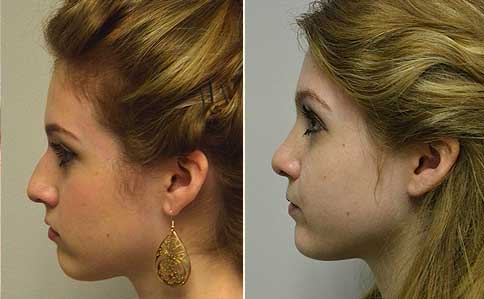
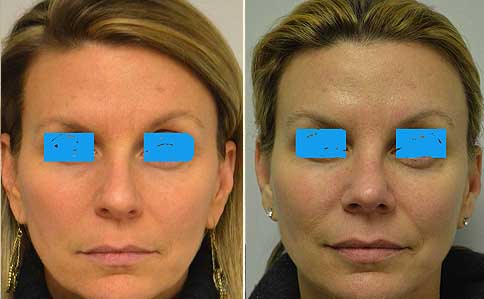
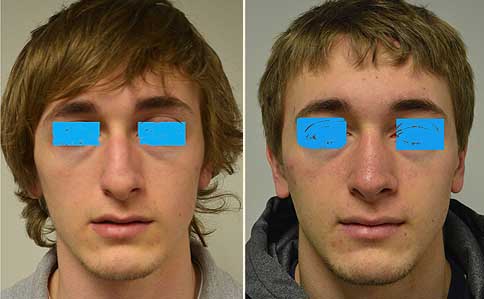
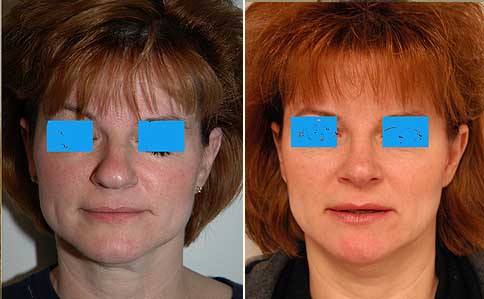
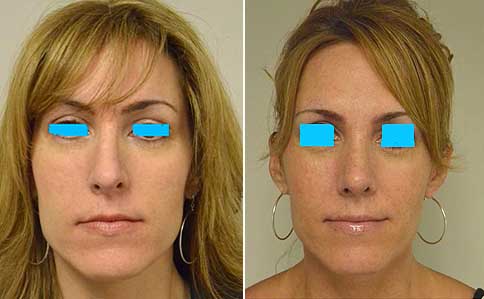
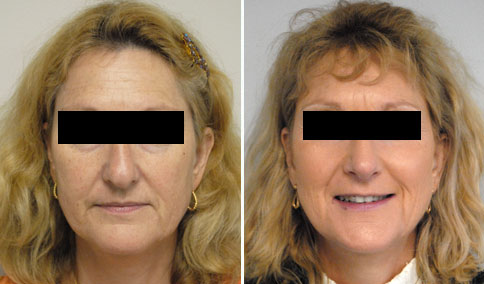
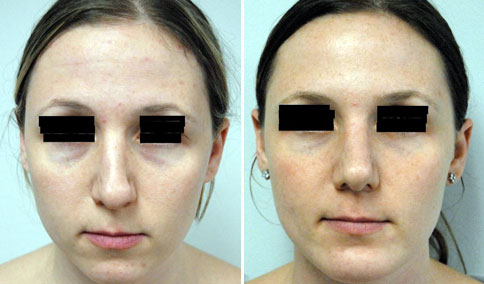
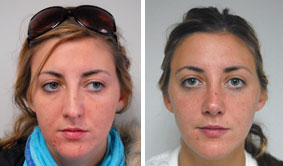

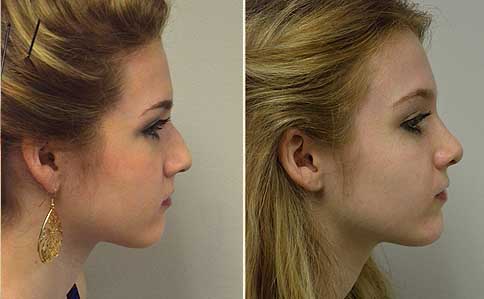
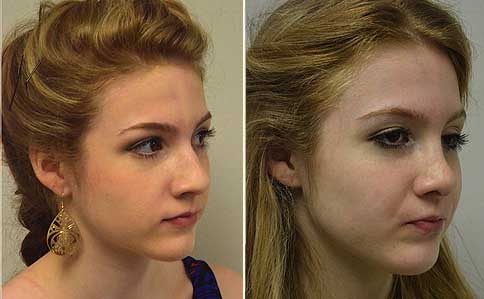
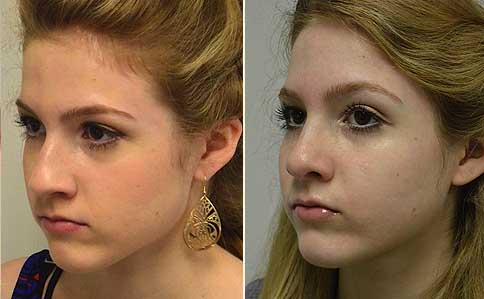
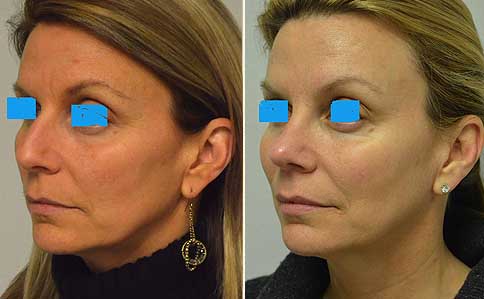
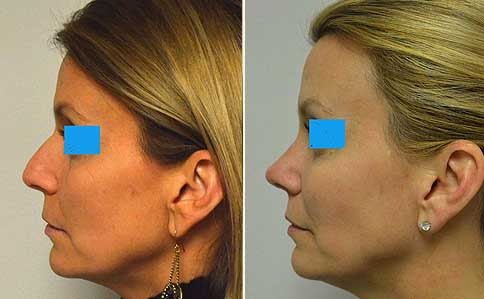
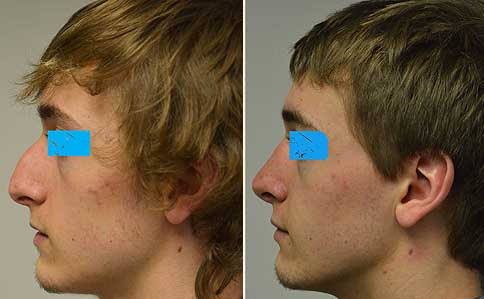
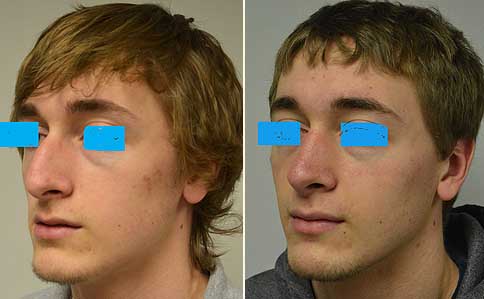
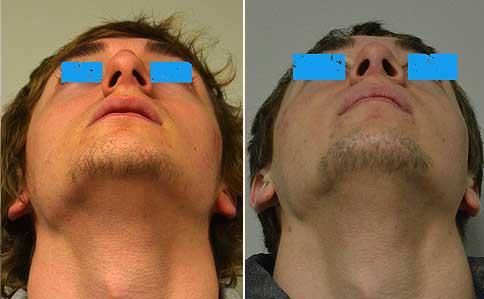
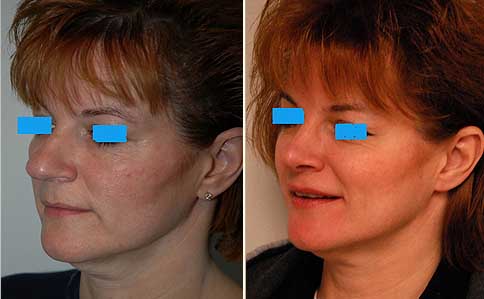
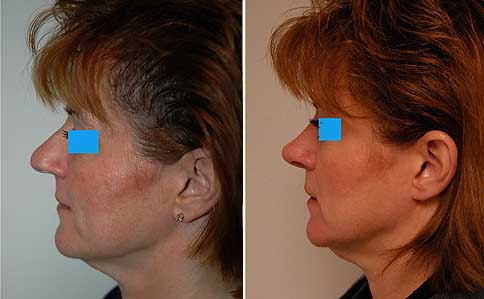
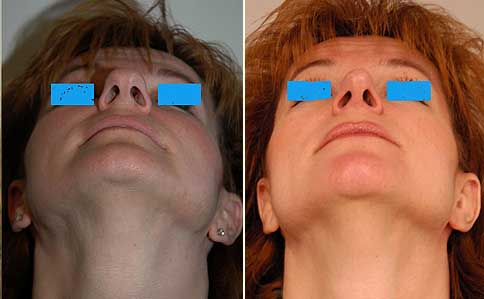
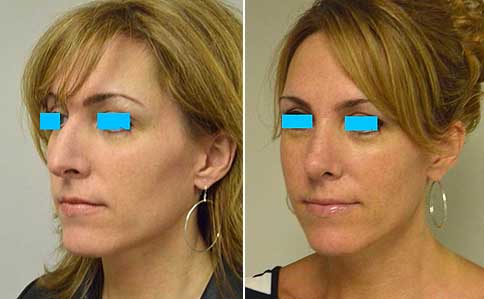
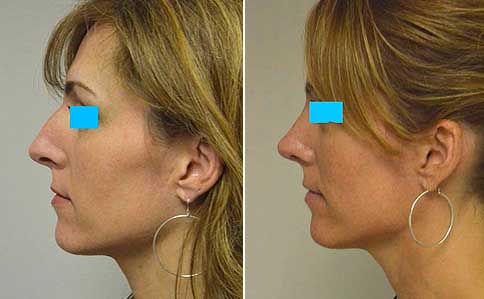
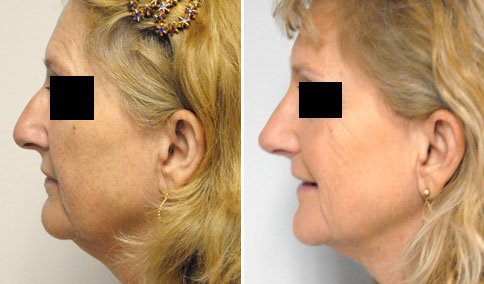
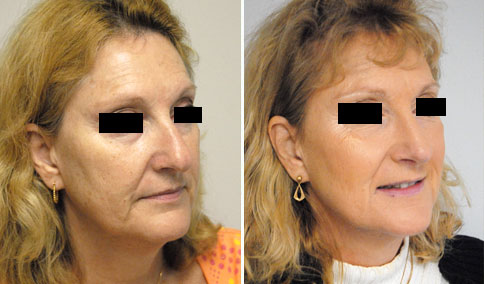
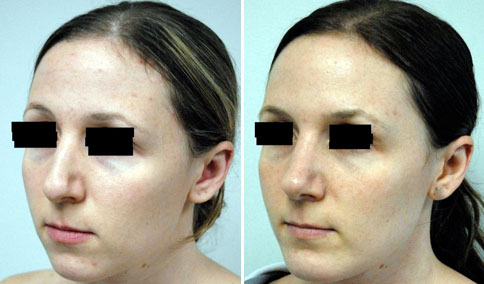
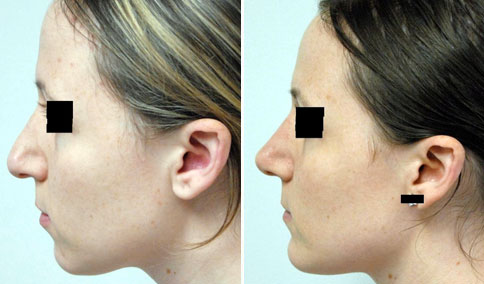
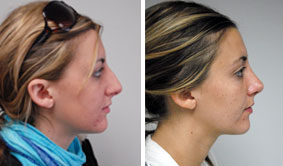
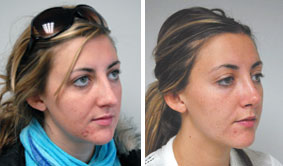
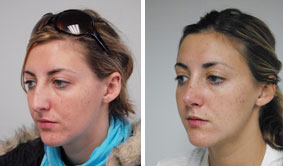
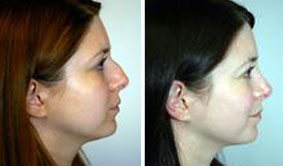
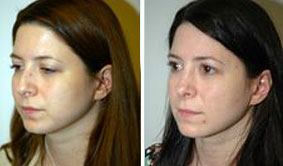




Cosmetic & Plastic Surgery Specialist
"I treat my patients like I would treat
- Jonathan D. Hall, MD, FACSmembers of my own family."
Schedule Consultation